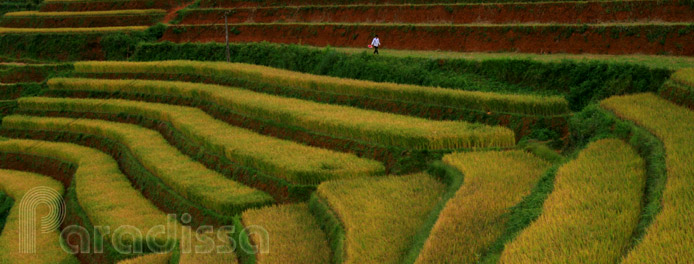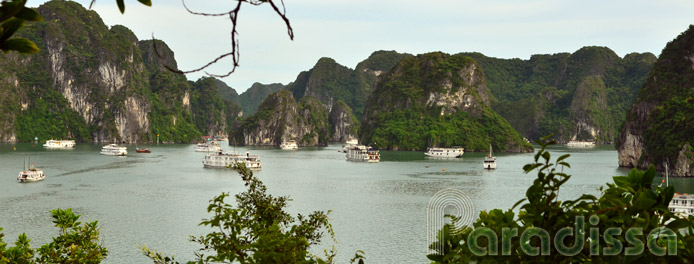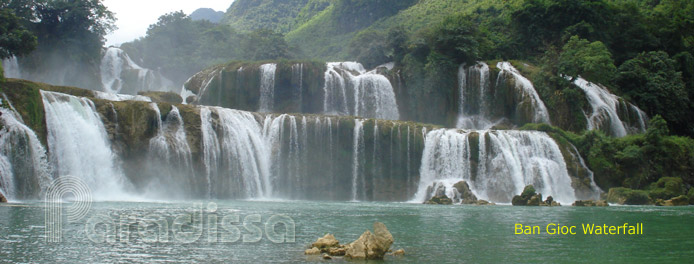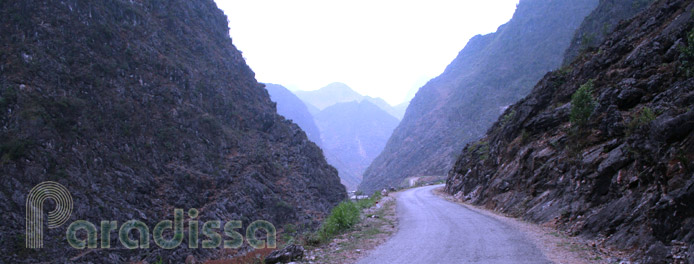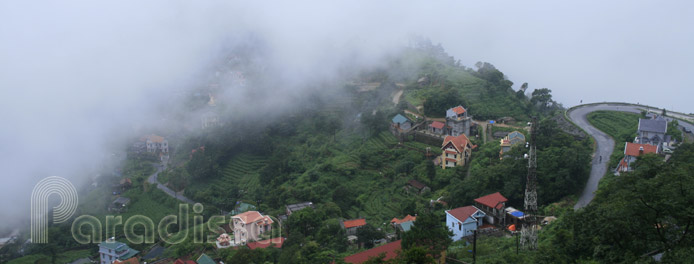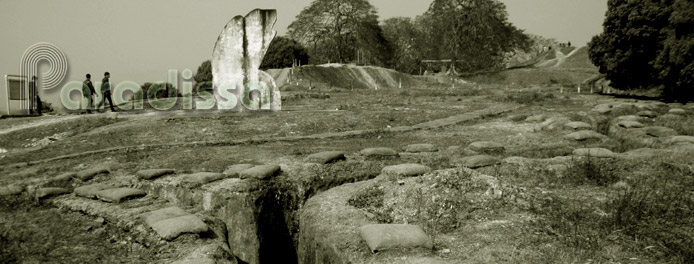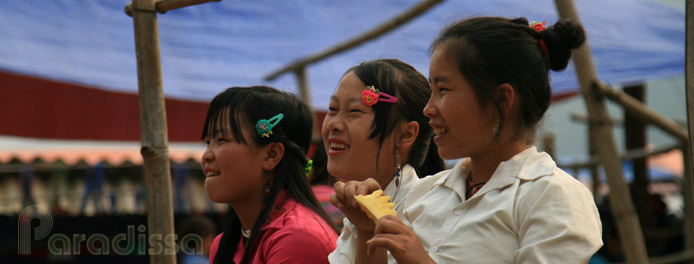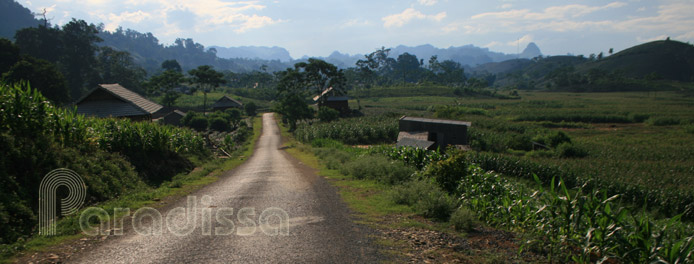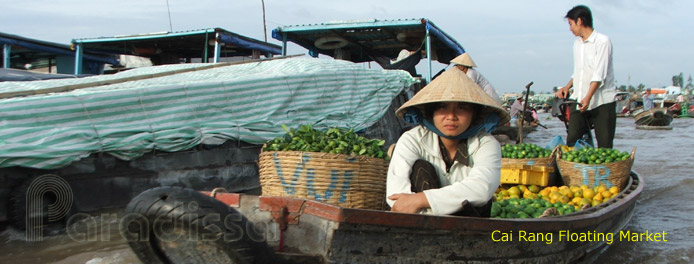Hanoi Holiday Weather today
Date/time of update: April 22, 2025, 1:27 am, Timezone: GMT+7
Mist
Temperature: 26.03°C
Temperature feels like: 26.03°C
Minimum Temperature: 26.03°C
Maximum Temperature: 26.03°C
Atmospheric pressure: 1010hPa
Humidity:89%
Visibility: 4300m
Wind speed: 1.54m/sec
Wind Direction: 100 degrees
Cloudiness: 100%
Sunrise: 2025-04-21 10:32:05
Sunset: 2025-04-22 11:17:35
In the seventh lunar month of 1010, King Ly Cong Uan moved the capital city of Vietnam from Hoa Lu (in Ninh Binh Province now) to Dai La City which he renamed Thang Long or the City of Ascending Dragon, which is nowadays Hanoi. In the same year, lots of work were started to build palaces and auxiliary buildings to house the royal family and the royal court.
Travel Guide to Thang Long (Hanoi) Citadel, Hanoi
At the end of 1010, some buildings were finished and so were the walls that surrounded those buildings, the complex made up the Royal Citadel of Thang Long (also called Phuong Thanh, or Hoang Thanh in Vietnamese).

The flag tower of Hanoi
Thang Long Royal Citadel were built out of dirt, surrounded by moats filled with water and with 4 gates opening to the area nowadays known as:
1. The Dong Market (Eastern Market) & the Bach Ma Temple (in the Old Quarter of Hanoi);
2. The One-Pillar Pagoda and the Ngoc Ha Market;
3. The Cua Nam Street (The street of Southern Gate);
4. Phan Dinh Phung Street.

Doan Mon of Hanoi Citadel
Inside the Royal Citadel of Thang Long, there was a specially protected area called the Purple Forbidden Citadel which was home to the King and the Royal Family. Right outside the Royal Citadel of Thang Long, there was a residential area which included residents of the population and the commercial quarters of the capital city which is much of the Old Quarter of Hanoi now. There was also another citadel that surrounded the whole area of the Royal Citadel and the Old Quarter which was called Dai La or La Thanh.

Doan Mon - Hanoi Citadel (from the inside)
Some parts of La Thanh had been built from the 7th century A.D when Vietnam was under Chinese Rule (the Tang Dynasty). La Thanh of Thang Long was surrounded and naturally protected by the Red River, the To Lich River and the Kim Nguu River. Thang Long that time got lots of lakes, canals and river creeks in within the city which the royal family made use of by turning them into natural moats, waterways, sewage system and reservoirs...Under the Ly family (10th-13th centuries A.D), La Thanh had 5 gates which were open to the areas nowadays known as:
1. Dốc Hòe Nhai
2. Cầu Giấy
3. Ô Chợ Dừa
4. Cửa Nam (Ô Cầu Dền)
5. Vạn Xuân (Ô Đống Mác).

Kinh Thien Palace of Thang Long Citadel

Hau Lau - Hanoi Citadel
Throughout the course of Vietnamese history, Thang Long Citadel was expanded, destroyed heavily and rebuilt many times. Under the rule of the Nguyen Family in the 19th century, the capital city of Vietnam was moved to Hue, Thang Long was renamed Hanoi. Hanoi Citadel was diminished in scale since it had to be smaller than the Royal Citadel in Hue, in the Central Region of Vietnam.

Northern Gate of Hanoi Citadel
Visiting Thang Long Citadel nowadays, we can only admire some monuments left of what was once a great architecture of Vietnam. Paradissa could offer a tour of Thang Long Citadel as part of the City Tour of Hanoi. A visit to the citadel should take around 1-2 hours. Our visit should start from the Flag Tower of Hanoi (inside the Army Museum), to Doan Mon Gate, to Kinh Thien Palace, Hau Lau and The Northern Gate.
Hanoi Average Monthly Rainfall and Temperatures




